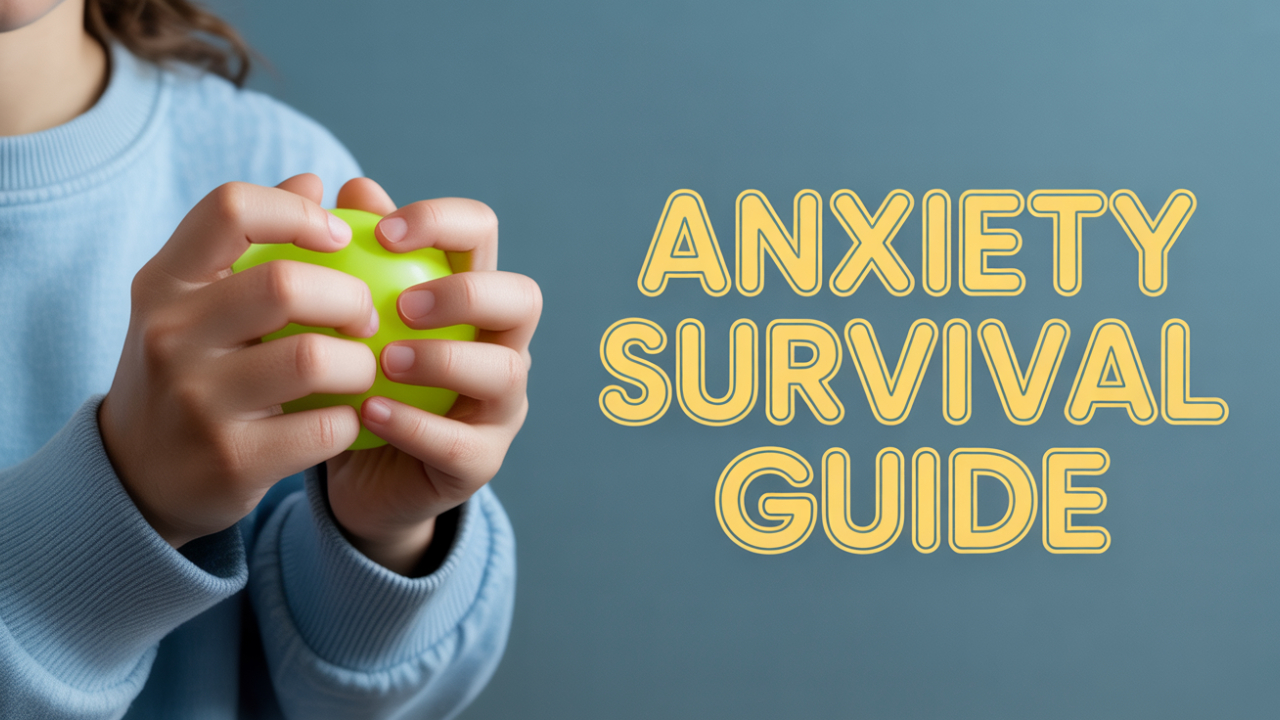Feeling nervous, scared, or overwhelmed can happen to anyone. But if those feelings don’t go away and start to affect your daily life, it may be more than just stress. That’s why online anxiety treatment can help. Our virtual program is made for teens ages 12 to 17 and offers help from caring, licensed mental health professionals—all from the comfort of home in Laguna Hills, California.
We understand what teens go through. Whether it’s social anxiety, panic attacks, or just feeling worried all the time, we’re here with a team that listens and offers quality of care you can trust.
Anxiety is a strong feeling of fear or worry. It can happen when you’re nervous about school, friends, or even things like speaking in public. But when those feelings don’t go away and start causing physical symptoms like shortness of breath, muscle tension, or trouble sleeping, it might be an anxiety disorder.
There are different types of anxiety disorders, like:
Individuals with anxiety may also have trouble focusing, feel tired all the time, or avoid doing things they used to enjoy.

Online treatment is a simple and safe way to get help. You can talk to a licensed therapist, nurse practitioner, or psychiatric provider over a video visit or even through unlimited messaging.
We make mental health care easy to access with:
Your online therapy may include different treatments for anxiety like:
We also help with depression treatment, postpartum depression, and other mental health conditions like bipolar disorder, obsessive-compulsive disorder, or affective disorder.

You may benefit from online anxiety treatment if you notice:
These are common mental health symptoms, and you’re not alone. Many teens with anxiety feel this way. Getting help can improve your quality of life and teach you new anxiety management skills.
We’re more than an online therapy company. We care about helping teens feel safe, seen, and supported. When you join our program, you get access to:
We also offer help for domestic violence, trauma, and tough family issues like Couples therapy or Family Therapy support sessions.

Your treatment starts with an initial psychiatry session or medical consultation. A licensed professional will talk with you to understand what you’re going through. They’ll then create a treatment plan just for you.
Your plan may include:
Every step is guided by a trained team who specializes in teens’ mental health.

You don’t need to go to a clinic. You don’t need to miss school. You can get expert psychiatric services and care for anxiety disorders from your room.
Teens in Laguna Hills and across California are getting the help they need online—safely, quickly, and privately.
If you or someone you care about is showing signs of anxiety, don’t wait. Get started with an initial consultation today. Our online anxiety treatment program is here to help teens in Laguna Hills, CA, and across the state live a happier, healthier life.
Reach out now for expert mental health treatment made just for teens—online, simple, and built to fit your life.
Compassionate support, expert guidance, and tailored programs for adolescent mental health.
Connect with Adolescent Mental Health today. Let us guide your teenager towards resilience and well-being.
treating anxiety online, virtual therapy for adolescents with anxiety, virtual therapy for teens with anxiety, online anxiety treatment california, online therapy for teen anxiety, virtual anxiety treatment, teen anxiety therapy online, online treatment for anxiety in california, online anxiety program, online anxiety therapy california
Anxiety disorders are among the most common mental health conditions affecting adolescents. They can manifest in various forms, including Generalized Anxiety Disorder, Social Anxiety Disorder, and Panic Disorder, each presenting unique challenges that can significantly impact a teen's daily life.
For instance, teens with Generalized Anxiety Disorder may constantly worry about everyday activities, while those with Social Anxiety Disorder may experience intense fear of social interactions. Recognizing these disorders early is crucial for effective intervention and support.
Online therapy offers numerous advantages for adolescents seeking mental health support. One of the primary benefits is the convenience of accessing care from home, which can reduce the stigma associated with visiting a therapist's office.
Additionally, online therapy provides flexibility in scheduling, allowing teens to engage in sessions at times that fit their busy lives. This accessibility can lead to increased participation in treatment and better outcomes for mental health.
Starting online anxiety treatment is a straightforward process designed to ensure that teens receive the help they need quickly. The first step typically involves an initial consultation, where a licensed professional assesses the teen's needs and discusses treatment options.
After the consultation, a personalized treatment plan is developed, which may include various therapeutic approaches tailored to the individual. This ensures that each teen receives the most effective care based on their specific anxiety challenges.
Hearing from others who have successfully navigated their anxiety can be incredibly reassuring for teens considering treatment. Many of our clients have shared their journeys, highlighting how online therapy has positively impacted their lives.
These success stories often emphasize the importance of having a supportive therapist and the effectiveness of tailored treatment plans in overcoming anxiety. By showcasing these experiences, we aim to inspire other teens to take the first step towards better mental health.